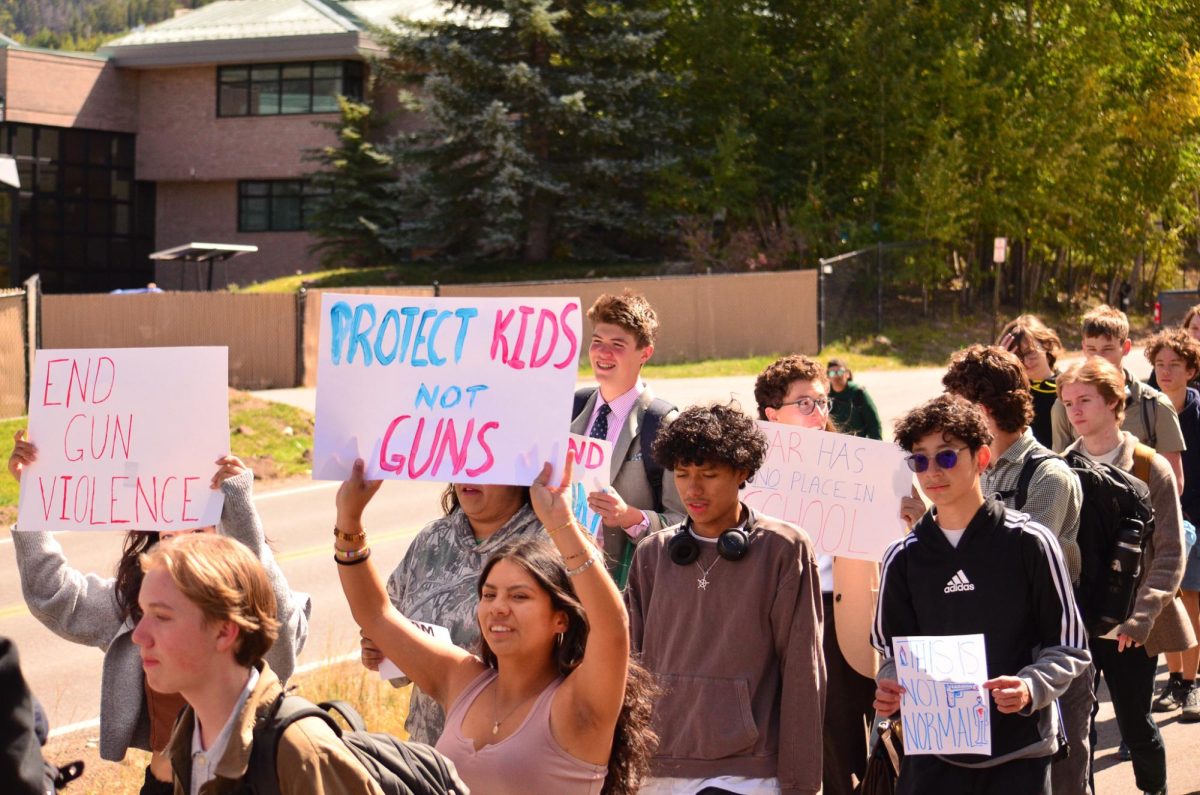Headlines are the first piece of information presented in an article. Not only do they attract interest, but they expose and introduce the public to topics, framing a narrative for the following story. Whether presented in the format of news, opinion, or other, the media’s coverage of tragedy, specifically regarding headlines, reveals a harmful pattern: the tendency to blame victims for the violence they endure.
Victim blaming is a psychological and social phenomenon where responsibility for a crime or misconduct is attributed to the victim rather than the perpetrator. This tendency is especially pronounced in cases of sexual assault and domestic violence, where the media frequently emphasizes the victim’s choices or behavior, suggesting that they essentially ‘deserved’ their trauma and that they catalyzed the event.
Considering that, according to the 2019 National Crime Victimization Survey, an American is sexually assaulted every 68 seconds, this traumatizing subject is unquestionably prevalent. Yet, media headlines are interfering with sexual assault being understood as such. This is best defined as rape culture, in which sexual violence is excused, and in some cases, glamorized. Healing from traumatic events is never easy – perpetuating a cycle of victim blaming decreases the chance of people coming forward with their stories, which assists in the perpetrator avoiding accountability.
“Of all victims who experience some form of sexual assault, 75% experience victim blaming,” wrote Myrthe van Gestel, public safety officer for Fairspace, an organization dedicated to creating inclusive public spaces. “Moreover, we know that developing post-traumatic stress disorder (PTSD) after sexual violence is more often explained by victim blaming than by the event itself.”
There is no excuse for these indisputable impacts. It is the abuser’s choice – 100% of the time – to carry out sexual assault, no matter what the victim is wearing, if they are intoxicated, or other common excuses that are used to avoid blaming the perpetrator. As 91% of rape or sexual assault victims are female, this sustains gender biases against women. When the media chooses to frame their headlines to loosely condemn a perpetrator’s actions, it advertises to readers sexual assault in a way that harmfully propels this bias forward. The media is referred to as ‘the fourth branch of government’, its heavy influence over society is undeniable – especially in mainstream newspapers with larger audiences.
The Seattle Times, for example, covered a story of a man who killed his five children, allegedly due to an argument with his wife. Instead of placing responsibility for the dead children on the man, the article immediately asserted gender bias within the headline, stating, ‘Breakup ignited dad’s deadly rage in Graham.’ Placing the focus on the breakup itself, rather than the man who made the choice to murder, distorts public perception towards complying by gender biases.
By reframing headlines and narratives to prioritize accountability for perpetrators and support for victims, we can challenge the harmful dynamics of victim blaming and foster a culture that prioritizes justice and healing. The responsibility lies with all of us – media producers, consumers, and activists – to create a safer, more supportive environment for survivors of violence.
From Headlines to Healing: The Media’s Harmful Role in Victim Blaming
October 20, 2024







